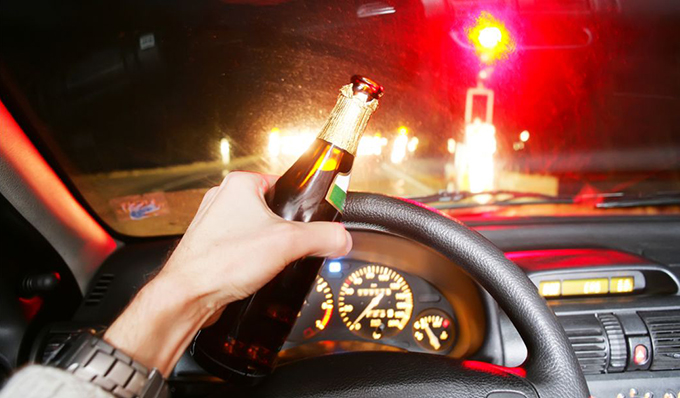
Despite the implementation of increasingly strict laws, drinking and driving still poses a significant problem in California and throughout the United States.
The National Highway Traffic Safety Administration (NHTSA) reports that teen drinking and driving is on the rise. Although underage drivers make up approximately 10% of licensed drivers in the U.S., teens are responsible for almost 20% of alcohol-related fatalities.
Even if a drunk driver does not hurt themselves or someone else, the legal and social consequences of drinking and driving can be devastating.
What Are the Consequences of Driving While Intoxicated?
The potential penalties you face for DUI can vary depending on where you were arrested. For example, penalties for a DUI in California include up to six months in jail and a $1,000 fine—for your first offense, as explained on this defense attorney’s website in San Diego.
If you have prior drunk driving convictions, you will face more severe penalties. Repeat offenders may even face felony charges.
You will also face a lengthy suspension of your driver license, and you might have to install an ignition interlock on your car and attend court-mandated classes. You may also face months or years of probation. The court might also require you to perform community service hours.
The Dangers That Drinking and Driving Poses for Teens
Data from the NHTSA indicates that teenage drivers are twice as likely to be involved with a fatal motor vehicle accident as adult drivers.
Young drivers lack experience behind the wheel. Critical decision-making components of the human brain do not fully mature until about age 25. This combination can be deadly for young drivers and others on the roadway. When you add alcohol consumption to this scenario, the risks become significantly higher for everyone. The research indicates that not only are teens more likely to be involved in alcohol-related crashes, but the accidents are more severe, leading to a higher number of deaths and serious injuries.
The dangers teens face when others drink and drive might seem less obvious, but they pose a high risk, nevertheless. Teens emulate the behaviors they observe in adults. When a parent, family friend, or another trusted adult drinks and drives, teens can take this as tacit permission for them to engage in the same behavior.
Consider the Long-Term Effects of Drinking and Driving
If you are convicted of drinking and driving, you have a fairly good idea how it will affect your life in the short term. Once you’ve paid your fine, done your jail time, and completed your community service hours, you might think the incident is behind you—but it’s not.
A drinking and driving conviction will become a matter of public record, and in many cases, you cannot have your record expunged or sealed. This can affect your ability to get into college, obtain a professional license, or get a good job.
If you’re convicted for driving while high or under the influence of drugs (including prescription drugs), you face similar penalties. You may also jeopardize your ability to qualify for student loans and receive other types of federal benefits.
You will struggle to find affordable car insurance. You might even have home or apartment rental applications denied if the potential landlord or property manager runs a background check. Your reputation in the community could be damaged. Your reputation in your professional sphere could also suffer, especially if you hold a position that relies on trust.
Steps You Can Take to Reduce Drinking and Driving
When adults model desired behaviors, impressionable teens take notice. By never drinking and driving yourself, you communicate the importance of taking responsibility for the safety and well-being of yourself and others.
You can also help set teens up for success through education and open communication. Talk with kids about the dangers of drunk driving and the consequences they face if they’re arrested for DUI. Provide a safe haven for them to call you or another adult if they need a ride, or ensure they have the ability to use ridesharing or public transportation as an alternative.
Together, we can make the roadways a safer place for everyone by working to prevent drinking and driving.